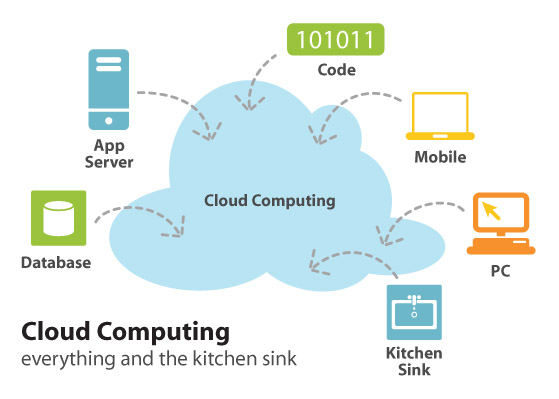Cloud Technology: the Advantages and Disadvantages for Universities
Jeremy Sharp looks at the perks and pitfalls for universities using cloud-based services
Jeremy Sharp | July 28, 2015
So said John Cartwright, chairman of the Universities and Colleges Information Systems Association – or Ucisa – at the Jisc technology forum earlier this month.
Use of “the cloud” has certainly taken off since it was first brought to the attention of the world in 2006 by Google’s former CEO, Eric Schmidt, who introduced the term at an industry conference.
 |
| Source: http://cloudtimes.org/wp-content/uploads/2011/06/cloud-computing_2.jpg |
A survey of IT and library leads in UK education about their usage of cloud technology, carried out by Jisc, found that collaboration and sharing opportunities offered by the cloud were a key benefit and driver for adoption.
<more at https://www.timeshighereducation.co.uk/blog/cloud-technology-advantages-and-disadvantages-universities; related link: http://chronicle.com/article/Cloud-Technology-Can-Lift-the/131673/ (Cloud Technology Can Lift the Fog Over Higher Education. April 29, 2015) and http://www.utsa.edu/innovations/spring2015/story/feature-open-cloud.html (UTSA announces creation of Open Cloud Institute. Spring 2015)>

No comments:
Post a Comment